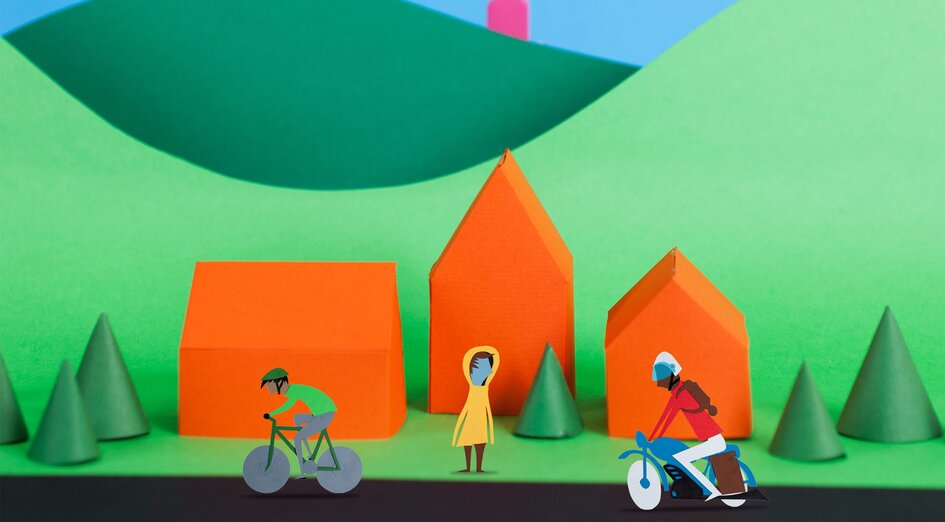
UL Safer Roads India Grants – road safety for Indian youth apply now!
Road safety is the biggest public safety challenge that India faces, with an average of 15 deaths every hour caused by road accidents. As the safety thought leader, UL has been working on game-changing ways to address road safety in India. With more than 50% of India’s population under age 25, we believe that India’s young people are uniquely suited to help solve this problem, especially since it personally affects them and their peers.
Building on the Safer Roads, Safer India campaign, UL is partnering with YSA to support creative solutions from young people about how they can help create safer roads and a safer India. Now is a pivotal time for youth to contribute and make the Safer Roads, Safer India campaign their own.
Two YSA Grants programs are helping youth find their voice, take action, and make an impact on the issue of road safety in India.
Through these programs, youth are:
- raising public awareness about road safety,
- educating their peers and community members to increase safe behaviors,
- leading community service projects that engage volunteers in addressing road safety issues, and
- advocating for policies to increase road safety.
Safer Roads, Safer India Youth Fellows
Youth Fellows, ages 15-25, will be selected from Bangalore, Delhi, Mumbai, Ahmedabad and Pune. Youth Fellows will receive a grant of up to USD $1,000 and an in-person training in August 2016 to lead a 4-month-long road safety campaign that includes public awareness and education events, volunteer service projects, and policy advocacy activities.
CLICK HERE TO APPLY FOR A YOUTH GRANT
Classrooms with a Cause: Safer Roads, Safer India
Primary, secondary, or college/university classrooms will be selected from Bangalore, Delhi, Mumbai, Ahmedabad and Pune. Educators will receive a grant of up to USD $1000 and in-person training in August 2016 to support a student-led service-learning project that challenges students to use what they’ve learned in the classroom to lead a 4-month-long road safety project in their community.
CLICK HERE TO APPLY FOR A CLASSROOM GRANT
These programs are managed by YSA and sponsored by UL as part of their Safety Smart program. If you have questions during the application process, please contact Rebecca Levy, Manager of Global Partnerships.
Get Social with YSA:
Facebook: https://www.facebook.com/youthserviceamerica/
Facebook “Safer Roads, Safer India” Group: https://www.facebook.com/groups/SaferRoadsSaferIndia/
Twitter: @YouthService
Instagram: YouthService


















